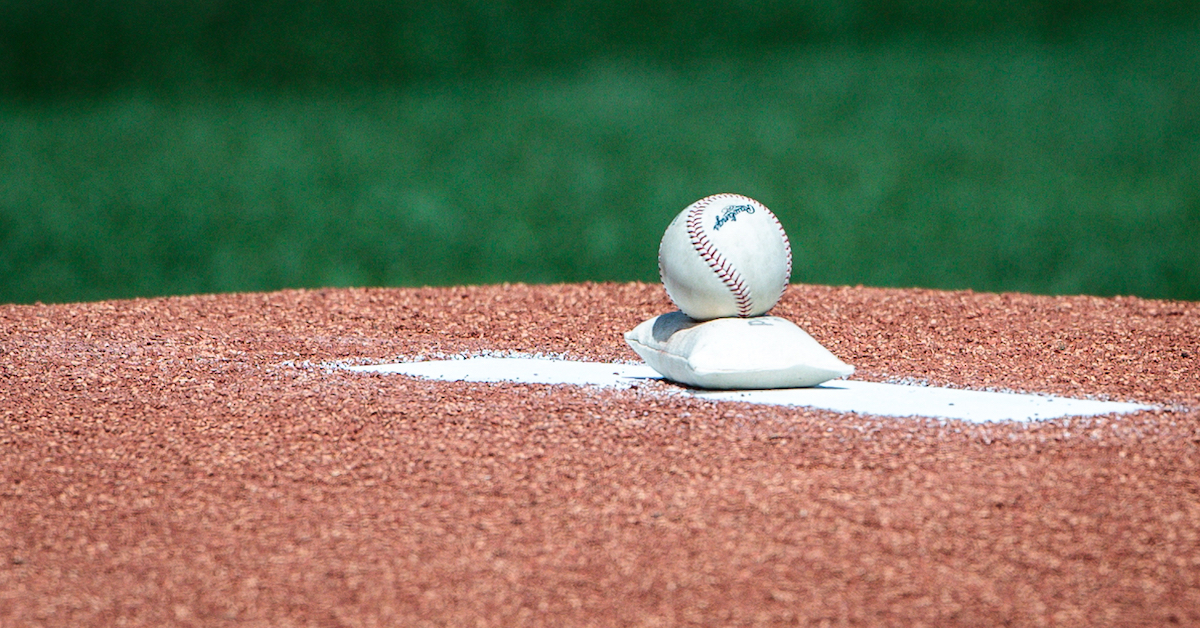The UFO Slider, and Its Supporting Cast, Makes the Giants’ Staff an Outlier

Tyler Rogers, easily the owner of the Statcast Era’s lowest vertical release point, throws a rising slider that’s rising even more this season. The positioning of his forearm at release means that a traditional curveball grip puts his thumb on top of the ball and the rest of his fingers underneath; as the ball rolls off of his hand, it creates backspin in addition to the sidespin more typical of a slider:
Tyler Rogers, 72mph Rising Slider. ? pic.twitter.com/1pRK3ybSaT
— Rob Friedman (@PitchingNinja) June 28, 2023
As you can imagine, the traditional fastball grip places his index and middle finger pointing towards five o’clock or 5:30 rather than a more typical two or three o’clock from a three-quarters arm slot. This results in arm-side sidespin, but also some extra drop, such that his fastball sinks more than his slider:
The Tyler Rogers four-seam fastball has more drop than the average MLB curveball. ? pic.twitter.com/dZIjz9DDI1
— Codify (@CodifyBaseball) April 7, 2023
Needless to say, I’ve found these two offerings to be among the most unique pitches in the majors this season by a couple of slightly different methods. As a result, the Giants were a confounding data point when I used my team-wide pitch-uniqueness model to estimate which pitching staffs roll out the widest array of “looks.” Read the rest of this entry »












